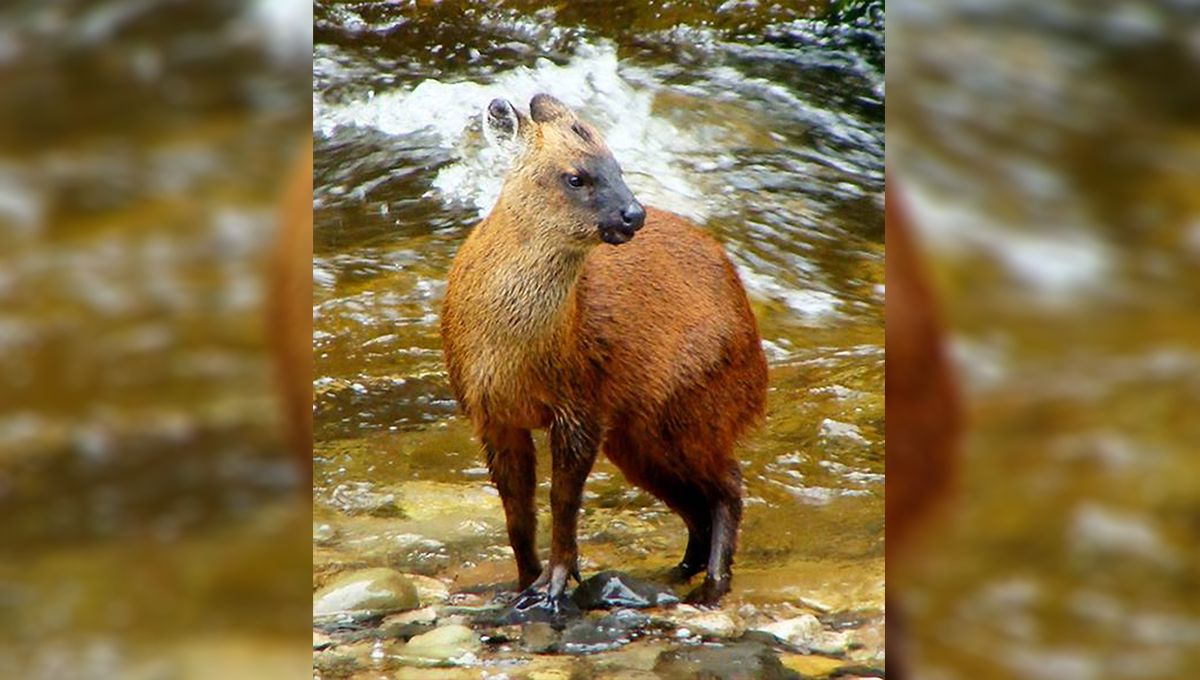
A new species of tiny deer has been discovered in the central Andes in Peru, becoming the first new cervid species found in South America for over 60 years – though that’s not the only cool thing about this discovery.
Previously, there were thought to be just two species of a group of deer known as pudus, which are the world’s smallest deer. They’re split into the Southern and Northern pudu, reflecting where they’re found.
However, whilst out in the northern range, researcher Javier Barrio spotted something a bit odd about some of the deer. “He’d seen the animals in the field, and they looked different from others in the north,” fellow study author Guillermo D’Elia told New Scientist.
And so the team, which also included Eliécer E Gutiérrez, got to analyzing the animals. They carried out genetic tests to determine any DNA differences, as well as morphological analyses which required taking measurements of features such as skull length of museum specimens of the deer.
Through these investigations, the researchers found that what was thought to be the Northern pudu could actually be split into two species, one of which was brand new. It’s been dubbed Pudella carlae, named after biologist Carla Gazzolo – who the study reports had helped to save Barrio’s life after a vascular problem – and is thought to live exclusively in the dry valleys of Peru’s Huancabamba Depression.
The discovery of the new species also brings about the resurrection of the Pudella genus, which had previously been suggested in 1913 to separate the Northern and Southern species of pudus – the two smallest deer species in the world – but it fell out of favor.
The new study suggests that P. carlae belongs to this genus and that the Northern pudu, currently Pudu mephistophiles, should too. Quite how the new species deviated from its relative, however, is unclear.
“We don’t yet know if the new species arose from a population that became isolated when the depression formed, or from animals that later colonised and adapted, but we intend to find out,” said D’Elia.
Though all related, there are distinct differences between the now three known species of pudu. P.carlae sits in the middle in terms of size (though they’re all adorably tiny). It clocks in at only around 7 to 9 kilograms (15.4 to 19.8 pounds) – roughly the same as a dachshund should weigh – and the authors state that pudus are shorter than 43 cm (17 inches) at the shoulder.
The new pudu also has a different color pattern to its fellow tiny deer, with paler ears and body fur that the authors describe as a “rich reddish brown or orange-red”, which certainly cements P. carlae as our new favorite cinnamon roll.
The study is published in the Journal of Mammology.
Source Link: New Tiny Deer Species Is First Discovered In South America For Over 60 Years